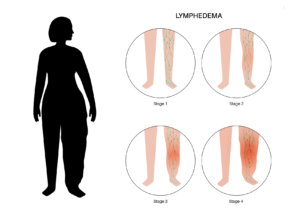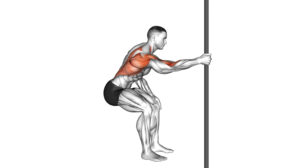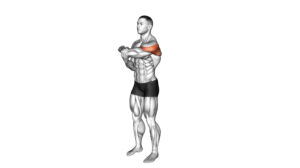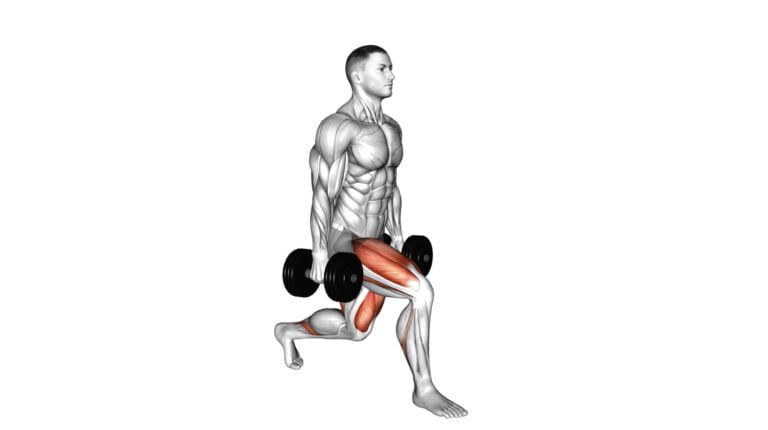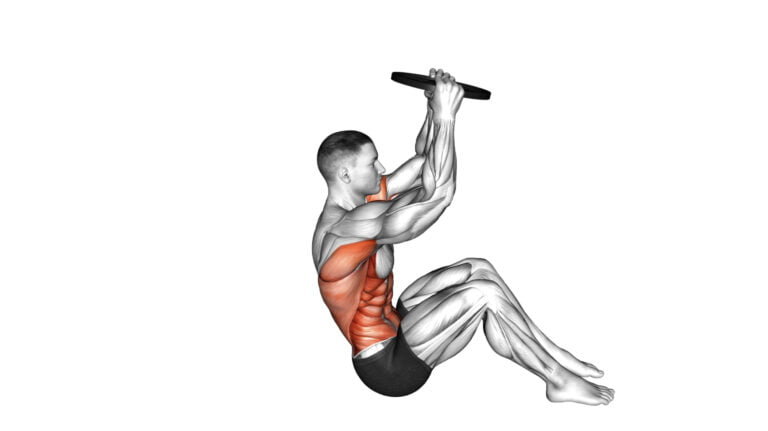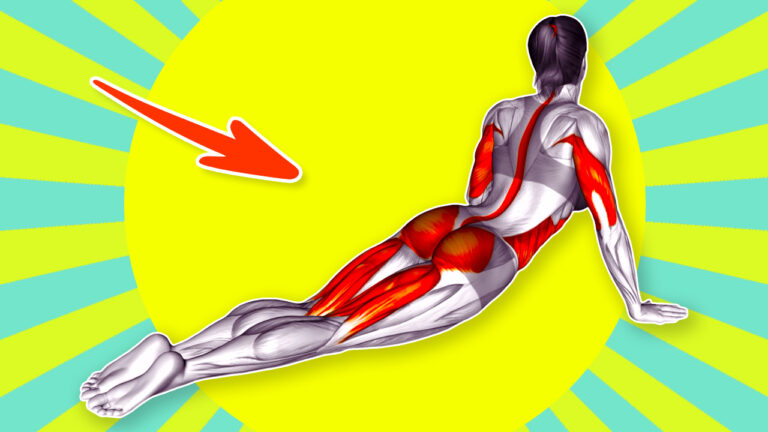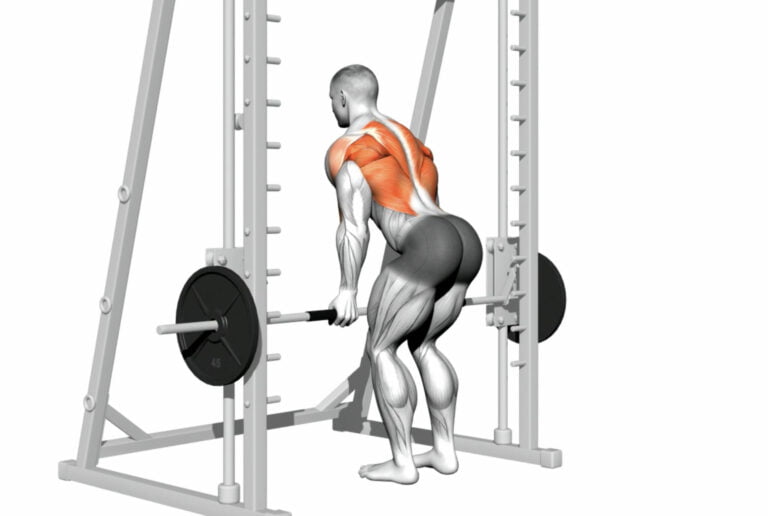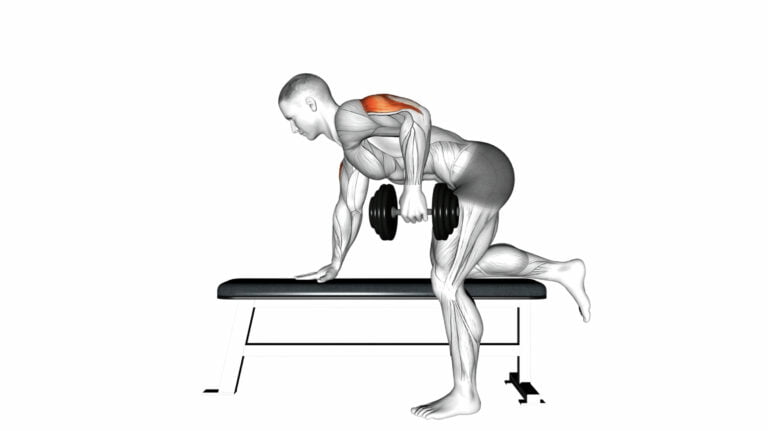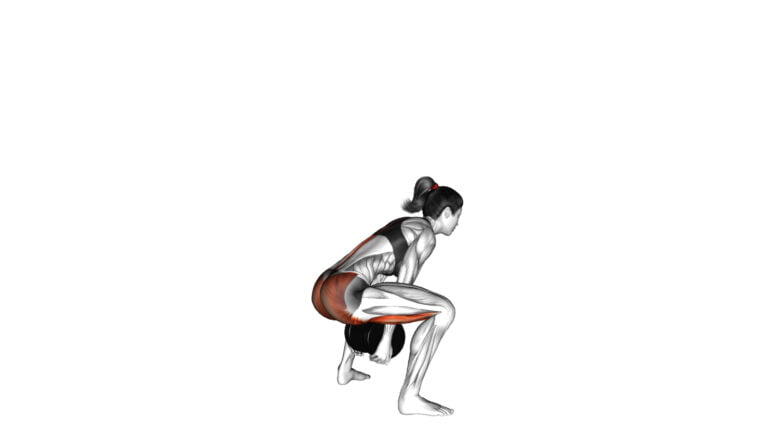Mobility Exercises Vs Stretching: Key Differences And Benefits

Mobility exercises and stretching are often mixed up, but they’re not the same. Knowing the difference can really help you move better and stay free from injury. This is key whether you’re a weekend warrior or someone just trying to sit less during the day.
I’ve spent over ten years coaching folks on how to be stronger and move smarter – using everything from resistance training to specific mobility exercises. My goal? To make sure your body works as well as it can, no matter what you throw at it.
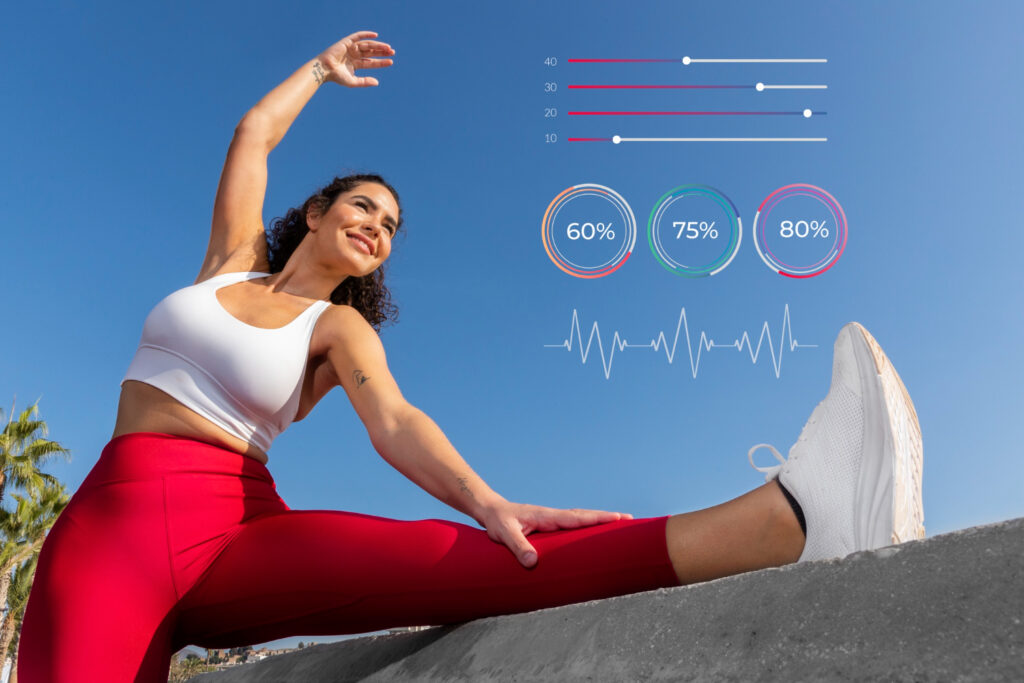
Let’s get into why both mobility and flexibility are crucial for a healthy life… Ready to learn more?
Key Takeaways
- Mobility exercises help your joints move through their full range. Stretching makes muscles longer.
- Doing mobility work can make everyday tasks easier and improve sports performance.
- Stretching before and after workouts helps prevent injuries and muscle soreness.
- Including both mobility and stretching in routines supports healthy aging and quicker recovery from activities.
- Enhanced joint movement from mobility exercises complements the flexibility gains from stretching, making both essential for a balanced fitness plan.
Defining Mobility and Stretching
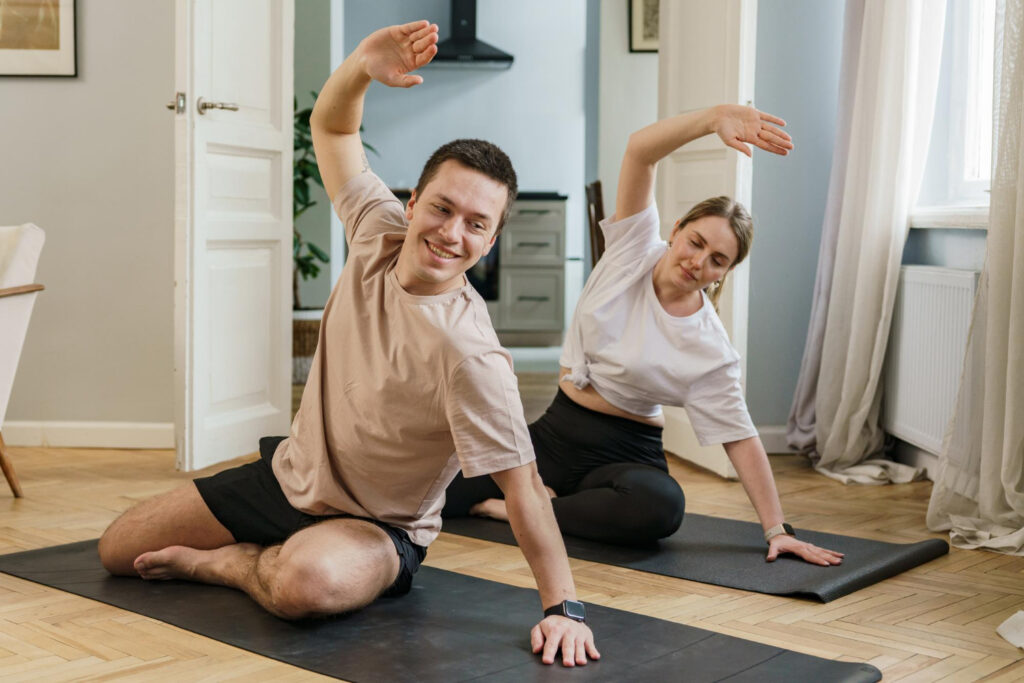
Mobility and stretching are not the same. Mobility exercises vs stretching focuses on how your body moves through a space, like when you reach up or squat down. Stretching is about making a muscle longer, like when you pull your arm across your chest to loosen up.
What is Mobility?
Mobility refers to your ability to move a joint through its full range of motion. It’s important for day-to-day activities and plays a vital role in keeping your joints healthy. Good mobility lets you perform movements without stiffness or pain, from squatting down to reach something on the bottom shelf to turning your head while driving.
To improve mobility, exercises often combine stretching with strength training, focusing on both flexibility and muscle control.
I’ve seen many gym-goers focus solely on either lifting heavy weights or doing long stretches, missing out on the benefits of mobility work. Including exercises that enhance joint health and increase the range of motion can make a big difference in performance and reduce the risk of injury.
Dynamic stretching is one way to boost mobility—unlike static stretch, where you hold a pose for some time; dynamic stretches involve moving through ranges actively which prepares muscles and joints for activity ahead effectively.
What is Stretching?
Stretching is about making muscles longer. You do this by holding a pose for some time. This helps muscles relax and grow long. It’s part of what many call flexibility training. Stretching can be static or active.
In static stretching, you hold a stretch without moving. Active stretching means you’re moving while you stretch.
I’ve spent years teaching how to safely stretch muscles in my fitness classes. A good stretch can make your body feel great and reduce the risk of getting hurt. It helps with motion in your joints too.
Regular stretching keeps your muscles flexible, strong, and healthy.
Key Differences Between Mobility and Stretching

Mobility exercises and stretching are not the same thing. Mobility focuses on how joints move, while stretching is about making muscles longer.
Range of Motion vs. Muscle Elongation
Range of motion (ROM) involves how far a joint can move. Think about bending your knee or twisting your hip. These actions show the movement in a joint, which helps improve mobility.
I’ve seen many clients focus on ROM to boost their ability to move freely, reducing injury risk.
Muscle elongation is stretching a muscle till it feels longer. This action doesn’t just help with flexibility; it makes muscles less tight after sitting all day or doing hard workouts.
By teaching at fitness seminars, I stress that stretching alone won’t increase active range of motion like mobility exercises do but it’s key for lengthening muscles and aiding recovery.
Dynamic Movement vs. Static Holds
Mobility exercises involve moving your body through a range of motion. This is dynamic stretching. It helps improve how you move and boosts both flexibility and strength. Think about doing lunges or arm swings before a workout.
These actions wake up your muscles and get them ready for more intense activities.
Static holds mean you stay still in one position to stretch a muscle. You might sit with legs stretched out for a toe touch and hold it there. This type of stretching increases your ability to stretch further over time.
It’s like slowly telling your body, “It’s okay to go this far.” Static stretches are great after exercise when muscles are warm.
Dynamic movements prime the body for action while static holds focus on deepening the stretch – both essential parts of improving mobility.
11 Amazing Stretches That Will Get Your Body Moving
List of exercises in this video
- Dynamic Back Stretch
- Middle Back Stretch L
- Middle Back Stretch R
- Side Bend Arm Stretch L
- Side Bend Arm Stretch R
- All Fours Squad Stretch L
- All Fours Squad Stretch R
- Abduction Of One Leg Flexion Stretch L
- Abduction Of One Leg Flexion Stretch R
- Down Dog Knee to Nose R
- Down Dog Knee to Nose L
Benefits of Each Practice
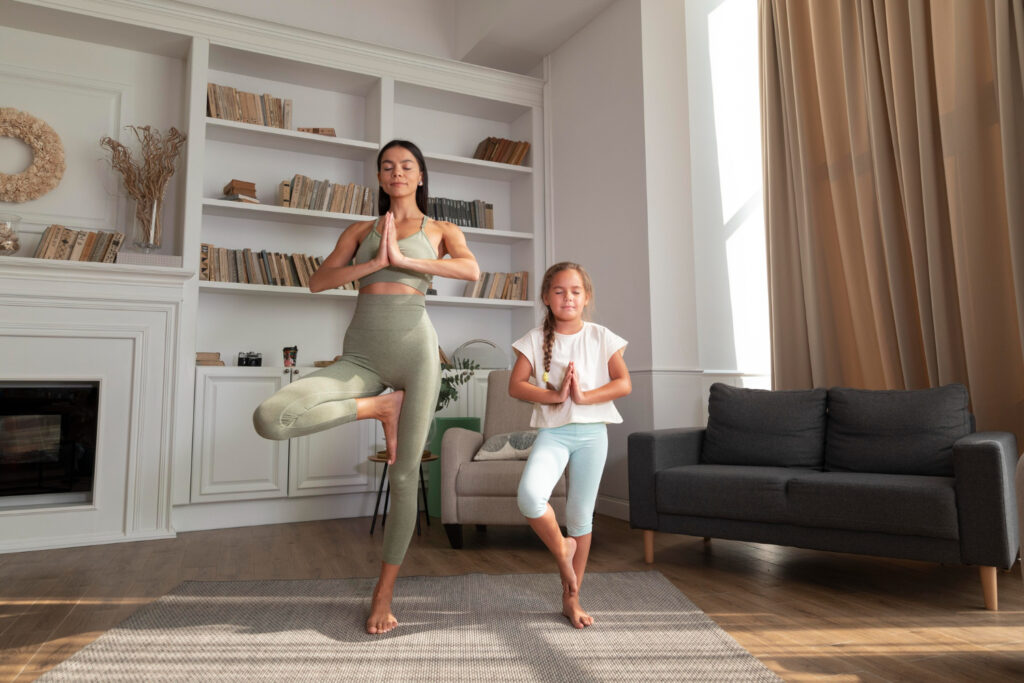
Mobility exercises help your body move better in daily tasks and sports. Stretching makes your muscles longer and more flexible, helping you relax.
Benefits of Mobility Exercises
Mobility exercises improve your body’s ability to move freely and efficiently. These exercises expand on what your joints and muscles can do, making daily tasks easier.
- Increase range of motion over time – Doing mobility exercises helps joints move through a wider span. This means you can reach further, squat deeper, and turn better without strain.
- Enhance motor control – Mobility training teaches your body to control movements smoothly at any range. Your actions become more precise whether you’re playing sports or just reaching up to grab something off a high shelf.
- Reduce risk of injury – With better movement patterns and flexibility, your body can handle stress better. This means fewer injuries because muscles and joints work the way they should.
- Improve functional range conditioning – Mobility work focuses on making real-life activities easier, like climbing stairs or sitting in a chair comfortably for long periods.
- Strengthening exercises also benefit from improved mobility – Stronger hip mobility and shoulder rotation mean you can perform strength workouts with better form, which leads to more effective training sessions.
- Boost performance in sports and daily life – Enhanced mobility allows for quicker turns, higher jumps, and faster sprints as it improves both flexibility and strength simultaneously.
- Support healthy aging for older adults – Maintaining joint health is critical as we age to keep moving freely without pain, making mobility drills essential for longevity and wellness.
- Quick recovery from workouts – By increasing circulation to various parts of the body, these exercises help in faster muscle recovery after intense workout sessions.
- Use foam rolls for self-myofascial release – This loosens up tight muscles, aiding in post-exercise relaxation and improving overall mobility by releasing knots that restrict movement.
Each point marks how vital regular mobility training can be, not just for athletes but anyone looking to lead a healthier lifestyle with ease in their movements.
Next up: Benefits of Stretching
Benefits of Stretching
Stretching is a key part of any fitness routine. It helps keep your muscles flexible and ready for action. Here are the benefits:
- Reduces the risk of injury: Keeping muscles long and limber helps prevent tears and strains.
- Improves your range of motion: With regular stretching, joints move through their full span easier.
- Increases blood flow to your muscles: More blood means more nutrients and a faster recovery.
- Enhances flexibility: Frequent stretches make reaching, bending, and twisting smoother.
- Boosts athletic performance: Flexible muscles can perform better during physical activities.
- Lessens muscle soreness: Stretching after a workout eases tightness and lessens pain.
- Promotes good posture: Stretching the back and shoulders encourages alignment and reduces discomfort.
- Encourages stress relief: Focusing on breathing while stretching calms the mind.
- Helps with chronic pain, especially in areas like the lower back by easing tension.
Now, let’s explore how mobility exercises complement these benefits of stretching.
Conclusion
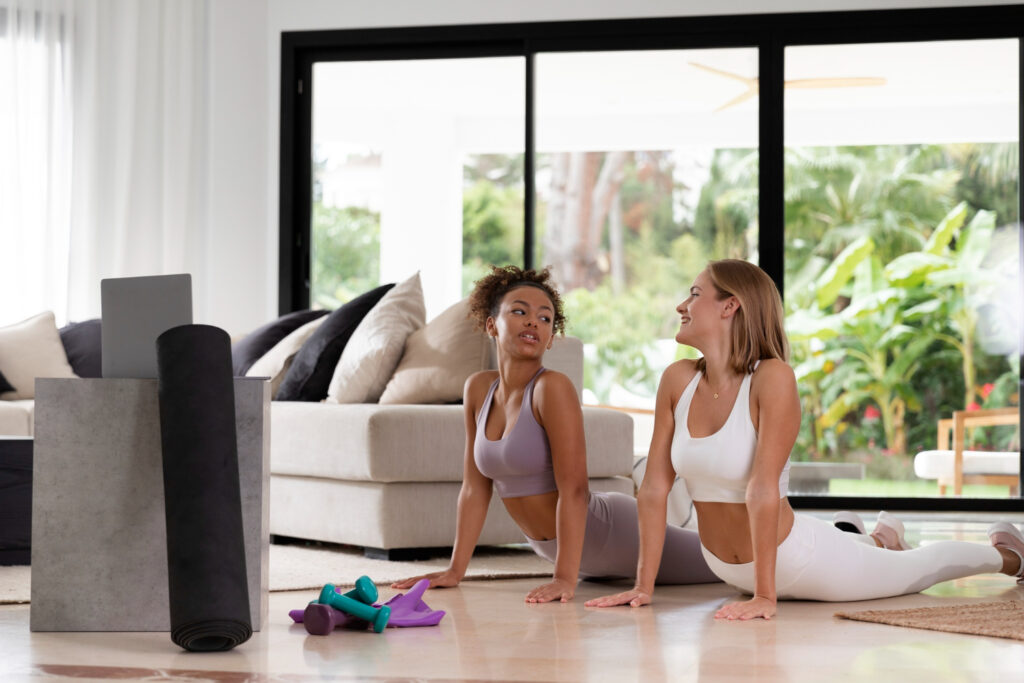
Mobility exercises and stretching each have their own roles. They help us move better and feel less stiff. Mobility drills make our joints move smoothly. Stretching helps muscles relax and grow longer.
Why not try both in your routine? Doing so could make you stronger, more flexible, and less likely to get hurt. Everyone can find a few minutes for these activities. They are simple, effective, and can fit into any day.
Want to bend easier or reach higher? Start with what we shared today. Let this be your first step toward moving better in everything you do!
FAQs

1. What’s the big deal about mobility exercises vs stretching?
Well, it’s like this: mobility exercises help you move your joints through their full range of dance moves. Stretching makes your muscles long and limber. They’re buddies in helping you stay bendy and strong, but they do different things.
2. Can doing mobility stuff make me better at sports or just moving around?
Absolutely! Improving your joint dances with mobility work means you can reach further, squat deeper, and maybe even touch your toes without a grunt. It’s all about making those everyday moves smoother.
3. Why do my coaches nag me to stretch if mobility is so important?
Here’s the scoop – both are key players on the same team. Stretching keeps your muscles happy and flexible; think of it as giving them a good night’s sleep. Mobility wakes up those joints so they’re ready to boogie all day.
4. Is there a secret sauce to boost my flexibility *and* get my joints grooving?
You bet! Mix it up – throw in some dynamic stretching (think swings that gently push the limits) before workouts for warmth, then hit up static holds (like touching your toes and staying there) after to cool down.
5. How often should I be doing these bend-and-stretch routines?
Listen, even sneaking in some shoulder circles while sitting or doing ankle twirls under your desk counts! Aim for a bit every day; consistency is king here.
6. If I’m as stiff as a board what should I start with – stretching or mobility drills?
Start where you stand…or sit! Begin with gentle stretches to ease into it; then pepper in some joint-friendly movements like hip sways or arm waves – soon enough, you’ll be less board-like!
Remember: whether it’s reaching for the stars or bending down easier—working on getting those muscles long through stretching and keeping joints happy with mobility is how we keep rolling smooth.

Author
Years ago, the spark of my life’s passion ignited in my mind the moment I stepped into the local gym for the first time. The inaugural bead of perspiration, the initial endeavor, the very first surge of endorphins, and a sense of pride that washed over me post-workout marked the beginning of my deep-seated interest in strength sports, fitness, and sports nutrition. This very curiosity blossomed rapidly into a profound fascination, propelling me to earn a Master’s degree in Physical Education from the Academy of Physical Education in Krakow, followed by a Sports Manager diploma from the Jagiellonian University. My journey of growth led me to gain more specialized qualifications, such as being a certified personal trainer with a focus on sports dietetics, a lifeguard, and an instructor for wellness and corrective gymnastics. Theoretical knowledge paired seamlessly with practical experience, reinforcing my belief that the transformation of individuals under my guidance was also a reflection of my personal growth. This belief holds true even today. Each day, I strive to push the boundaries and explore new realms. These realms gently elevate me to greater heights. The unique combination of passion for my field and the continuous quest for growth fuels my drive to break new ground.

